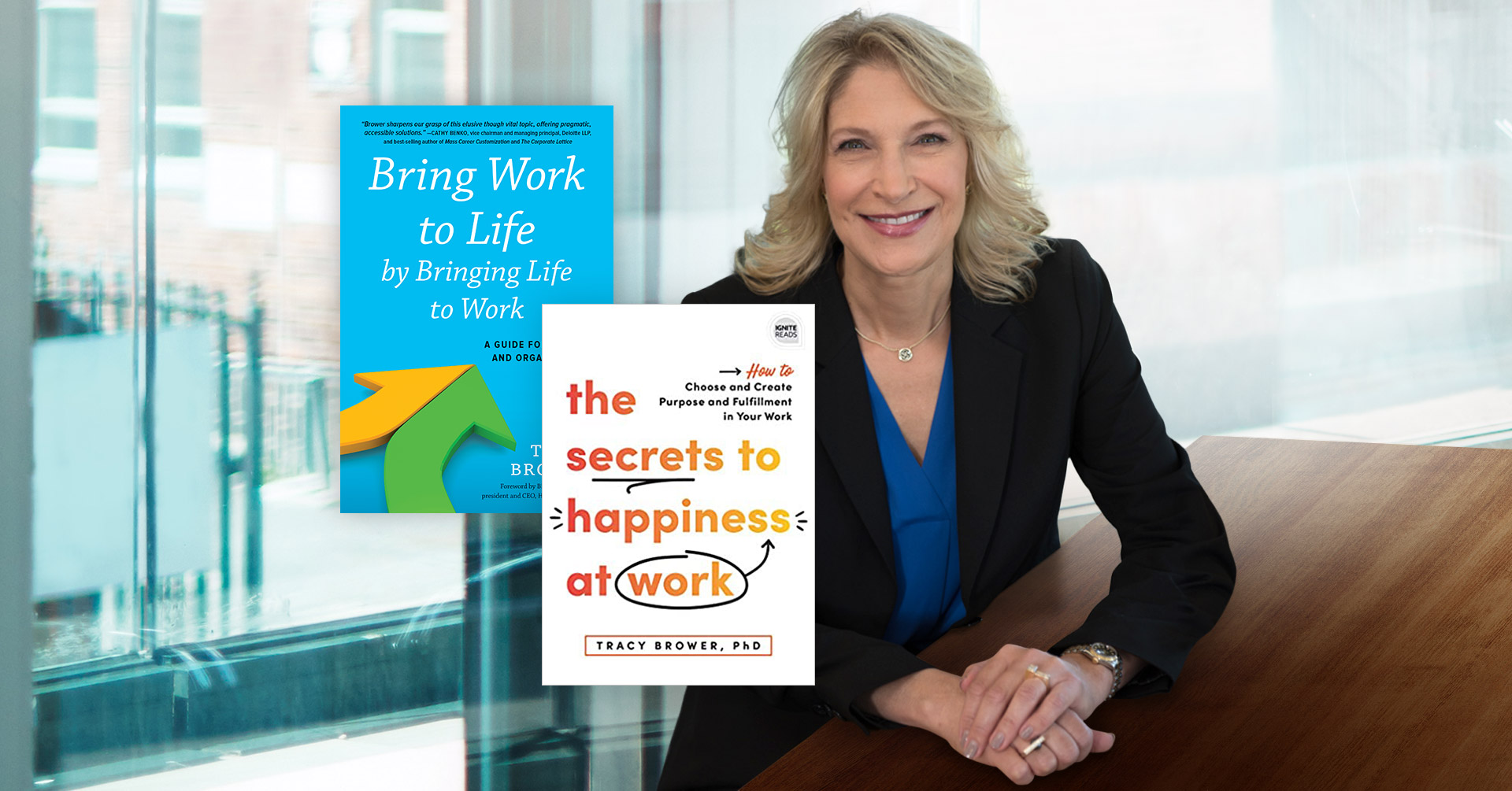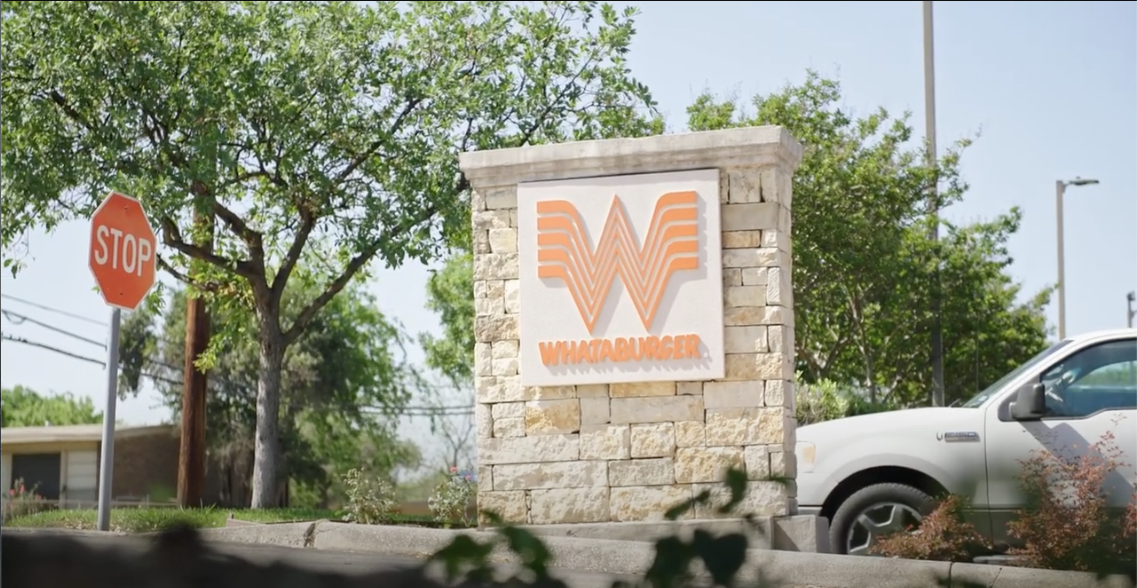
7 Duty of Care Examples—Clarifying the General Duty Clause
Unlike other OSHA guidelines, meeting your general duty of care is rarely as simple as checking off a set of requirements. It often takes more thought and planning and even a little creativity. Here are a few examples of when and how your duty of care comes into play.

The Occupational Safety and Health Administration has spent the last 50 years protecting America’s workforce by providing a list of guidelines and requirements for employee and workplace safety. For almost everything from chemical storage to emergency planning, OSHA has a standard (or several) that explains how to stay safe.
And for everything else, OSHA included the General Duty Clause, also known as your duty of care.
Download Our Definitive Guide to Fulfilling Your Duty of Care
What Is Duty of Care?
Every business has an ethical, moral, and legal obligation to protect its employees from harm. But what does that mean exactly?
Let’s break down what OSHA requires under the General Duty Clause.
OSHA’s General Duty Clause
Each employer shall furnish to each of [its] employees employment and a place of employment which are free from recognized hazards that are causing or are likely to cause death or serious physical harm to [its] employees.
If this sounds a little vague, you’re right. This clause primarily covers hazards or harm not specifically mentioned in a unique standard, such as those related to scaffolding and ladder requirements. It also leaves a lot up to a reasonable person’s interpretation and judgment. This broad, all-encompassing language can leave employers unsure of when and how they should step in to protect their workers. And as the modern workplace changes with the rise in remote work, there are a lot more considerations businesses need to keep in mind when approaching their standard of care.
Below, we outline seven duty of care examples to help clarify when your business would be required to intervene or act to keep your people safe. While this is not an exhaustive list of examples and recommendations, it will help you to understand your duty of care in an actionable way to better serve your employees.
7 Examples of Your Duty of Care
Remote workers
Your duty of care is a requirement that goes beyond the physical space of your facility or office. Our 2022 State of Employee Safety Report reveals that 82% of employees believe their employer’s duty of care extends to those working from home or remotely—and they are right.
But how? When your employees are clocking in from their living rooms or even traveling to work in a different city as some nomadic workers do, your responsibility to protect them gets more complicated.
It’s possible to follow all the same safety precautions for remote workers as you would need to take in an office setting, such as providing safety training, ergonomic accommodations for home offices, and clear communication about safety hazards. But when it comes to external hazards, like natural disasters or other location-specific risks, you will need a tailored approach to emergency preparedness.
GitHub, for example, trains their remote employees to prepare a “Go Bag” for a wildfire evacuation since evacuating from a home can be more complicated than from an office. They also offer guides and resources on how to stay safe during protests and demonstrations, disease outbreaks such as the COVID-19 pandemic, and even wifi and cyber safety through VPNs. GitHub’s Head of Global Workplace Security & Safety, Avril Eklund, explained, “Our goal is to give our employees more peace of mind so they can do their best work—wherever they are—and not be worried about their safety.”
Business travel
Just like with remote workers, your traveling employees are entitled to a safe working environment, no matter where they are.
Imagine you have an employee traveling overseas for an important meeting. From the time they start their journey to the time they step back off the airplane and are home, they are under the care of your organization—after all, the trip is exclusively for work.
So what does business travel duty of care look like? Ideally, it would look something like this:
- Track nearby threats, and communicate proactively to alert your distant employees and provide any guidance and resources
- Ensuring a safe method of travel and place to stay while away
- Checking in with your employee frequently
There are certain risks while traveling that you can recognize ahead of time, like ongoing geopolitical threats or weather, but there are some hazards, like car accidents and active shooter violence, that can occur with no warning. Investing in technology with location-based safety alerts or a comparable solution helps you stay aware of what is going on where you have traveling employees. That way you can keep them safe even when they are far from home or the office.
Extreme weather conditions
There is no place in the world that hasn’t seen a rise in rate and severity of extreme weather in the last few years. And this trend will persist due to climate change. Fulfilling your general duty of care responsibilities for severe weather requires that you keep track of the weather surrounding your employees and communicate safety protocols when an emergency arises.
Ron Derrick, Corporate Senior Emergency Manager of the Whataburger Command Center, uses AlertMedia’s integrated threat intelligence and emergency communication systems to get real-time information on threats like severe weather that impact any of the 900 Whataburger restaurant locations that span 14 states.
For example, a series of dangerous tornadoes threatened several locations in Texas. Derrick and his team received numerous tornado warnings from AlertMedia and rapidly notified employees in the path of those tornadoes to seek shelter. “With AlertMedia’s dynamic group functionality, the platform notified employees in harm’s way—with very little involvement from the Command Center team,” says Derrick. “Automating the tornado warning communications to individuals in impacted areas saved us a great deal of time—they were deployed faster than we ever could have done manually.”
Take a look at how Whataburger protects its family members (employees) and customers on a daily basis.
You can protect your employees during bouts of extreme weather by performing risk assessments in advance to narrow down the types of weather events that are likely to occur in your area. With that information, you’ll know how to prioritize threats and move forward with preparedness efforts. And if you use location-based weather alerts, you can streamline your efforts and get life-saving alerts out to employees faster.
Mental health
Mental health is an element of workplace safety that goes overlooked far too often. Guardrails, fire drills, and PPE—physical safety as a whole—are only half of the equation. In order to provide reasonable care for your employees, you have to also create a psychologically safe environment to work. Remember that a psychologically safe environment can look different for different people. It’s important to be receptive, solicit feedback, and keep the conversations going so your leadership team is in tune with what well-being means for your people.

For example, if you have an employee who is working overlong hours, looks visibly upset or overwhelmed in meetings, and is acting more tense and irritable. It may be the case that this employee is not in a psychologically safe place. As the employer, it’s up to you to make sure this employee has opportunities to express their needs, is supported, and has resources to facilitate good mental health.
You can take the following actions:
- Offer employee assistance programs (EAPs) in your benefits packages
- Train managers on how to identify and support employees struggling with mental health
- Emphasize mental health during day-to-day operations
- Encourage employees to take breaks and use PTO or sick time
- Educate employees about what their health coverage includes for mental health
There are also major financial impacts at stake as companies spend an average of $15,000 annually for employees facing mental health issues (pre-COVID), and unwell employees miss more time at work—with some reporting up to eight days out of work because of mental health. Promoting the holistic well-being of your employees is going to support your other safety efforts as well. When your employees are supported psychologically, they will be more likely to make safe choices and follow safety procedures. You’ll have a safer work environment as a whole.
Employees with disabilities
When OSHA says you are required to provide a safe work environment to every employee, they mean every employee—including employees with disabilities. While many accommodations are covered under ADA requirements, in order to fulfill your duty of care, you have to create an environment that works specifically for your employees’ disability needs.
For example, if you have employees who are mobility impaired and use a wheelchair, ensure there are appropriate ramps and elevators available. You should also make sure you are planning for that employee’s specific needs in case of an emergency that requires evacuation.
Here are some ways you can provide for your disabled employees:
- Know your legal obligations
- Avoid any sort of discriminatory policies/practices that may lead to legal action
- Provide an avenue for employees to voice any concerns or areas for improvement
- Ask your employees directly what might better their experience and safety (both mental and physical)
- Regularly check in with all your employees, considering that some may not have disclosed an unseen disability
The last thing you want is an OSHA violation and legal case on your hands, so make sure to provide a reasonable standard of care for your employees who may require adapted spaces or procedures fit for their specific needs.
Healthcare
Healthcare is one of many industries that have specific duty of care requirements. Hospitals, elderly care centers, and any other healthcare facilities have a unique combination of employees, contractors, patients, and visitors who are all covered under duty of care laws. And each of these groups calls for different considerations.
For example, patients should be protected from medical malpractice or additional personal injury by establishing strict requirements for their quality of care. Employees, however, would benefit from guidelines around staffing ratios. If too few nurses are on shift, this may mean nurses skip breaks or work too long without sleep, which could result in injuries to employees and patients.
Preventing a breach of duty of care in any industry comes down to having a thorough understanding of your particular hazards and then creating plans and procedures that mitigate these risks.
Nearby active shooter event
Active shooter events are an unfortunate reality for more and more businesses, particularly in the U.S., where more than half of these shootings take place in businesses. But even if a shooting doesn’t take place in your specific business, that doesn’t mean you have no legal duty of care to protect your employees.
Shawn Rafferty, owner of SPR Group and security expert, explains, “What if there’s an incident that happens in the business across the hallway from you? And what happens if that active shooter leaves that business and comes to yours? It might not even have anything to do with what’s going on in your business or your workspace. But then it might affect your people.”
Some ways you can cover your duty of care when it comes to active shooter events or other violent trespassers are to:
- Add security guards
- Train your employees in situational awareness
- Teach your employees active shooter response plans
- Invest in added physical security measures like cameras or easy-to-lock doors
Going Beyond Your Legal Responsibility
The vague language of the general duty clause can often lead to employers doing the bare minimum. They improve only what would be a strict liability or what might have an immediate injury causation. But the open-ended nature of your duty of care should serve as an invitation to do more.
At AlertMedia, we believe employee safety should be your top priority, no matter what it takes. So as you approach your duty of care in your business, think about how you can provide the best level of care possible. Then, not only will you be fulfilling your duty of care, but you will also be establishing trust with your employees, and your business will be stronger—and safer—as a result.





